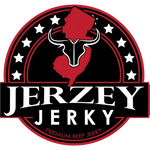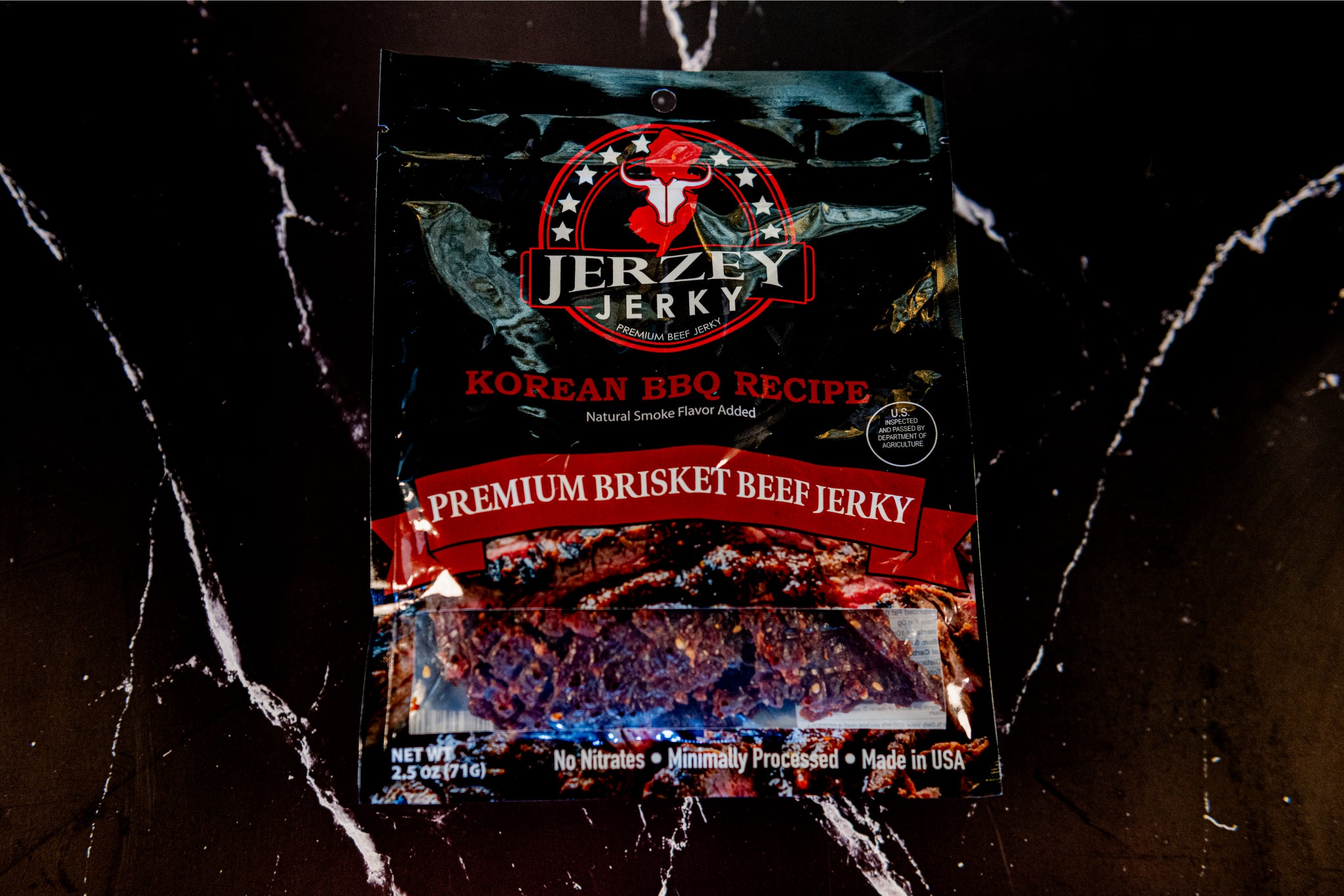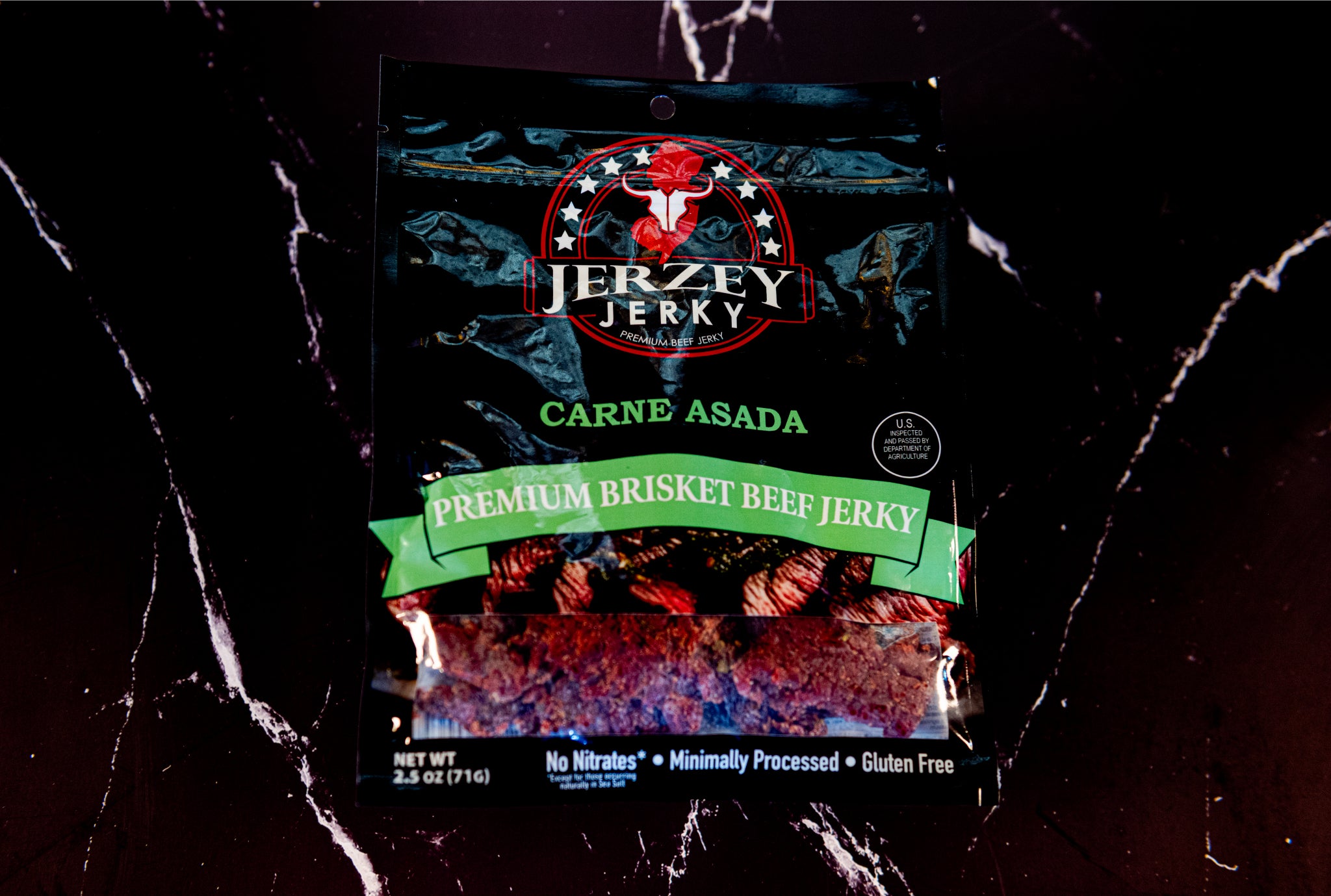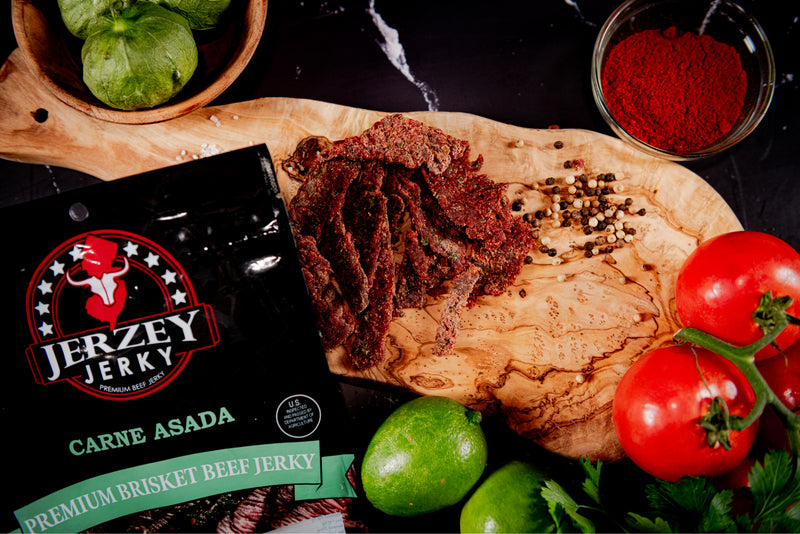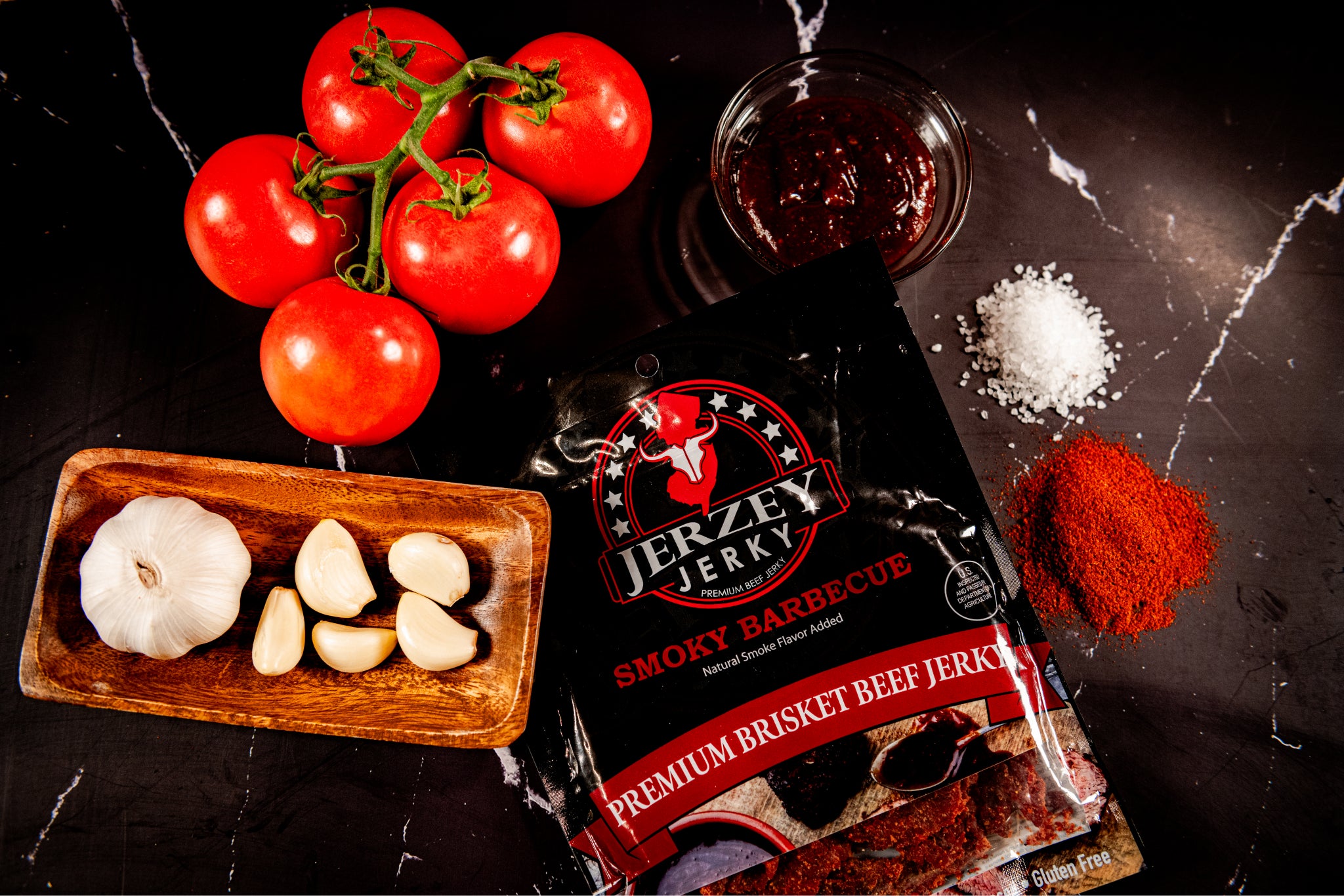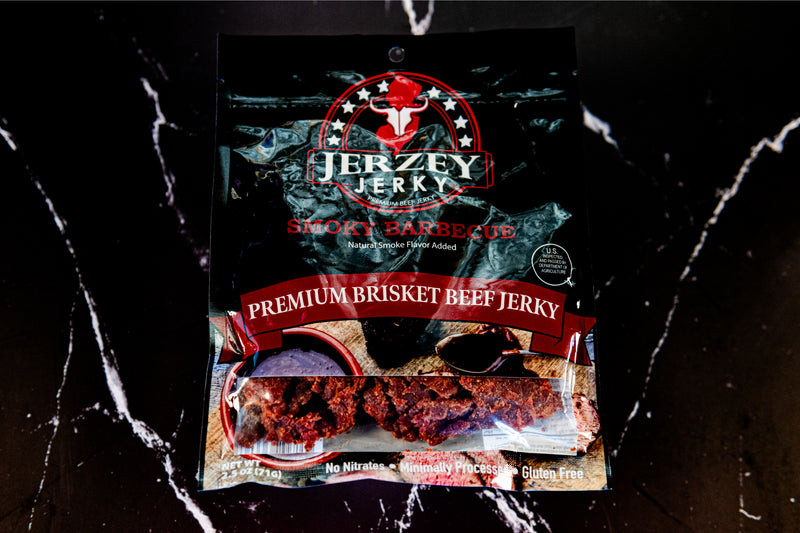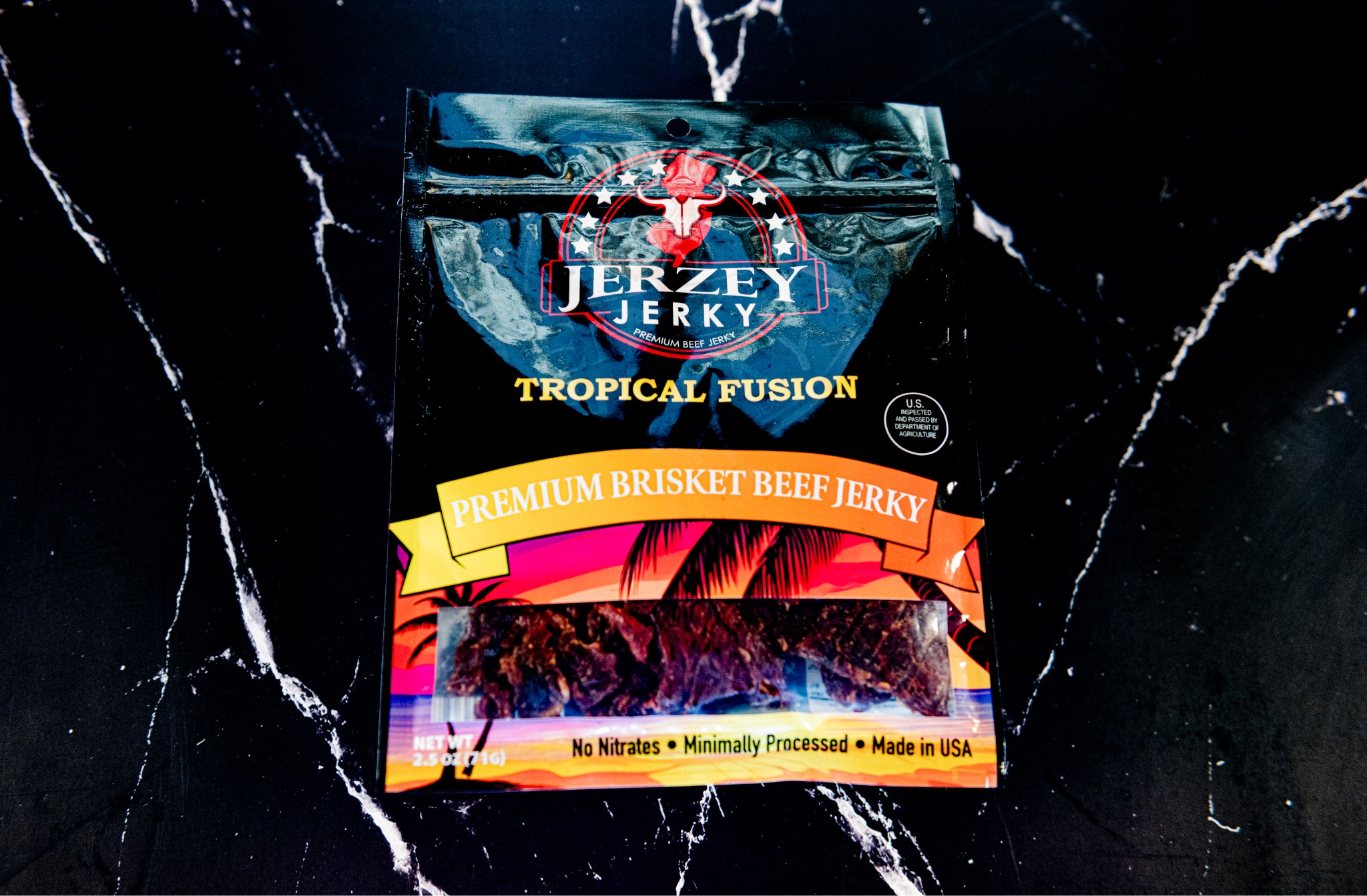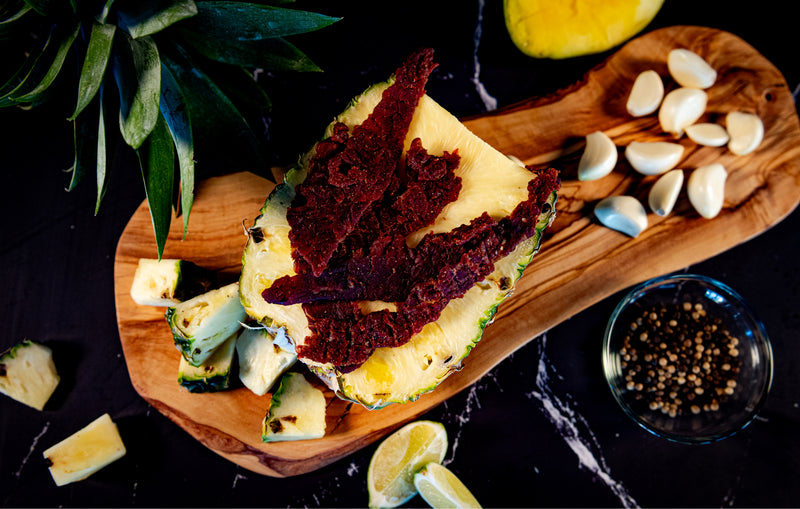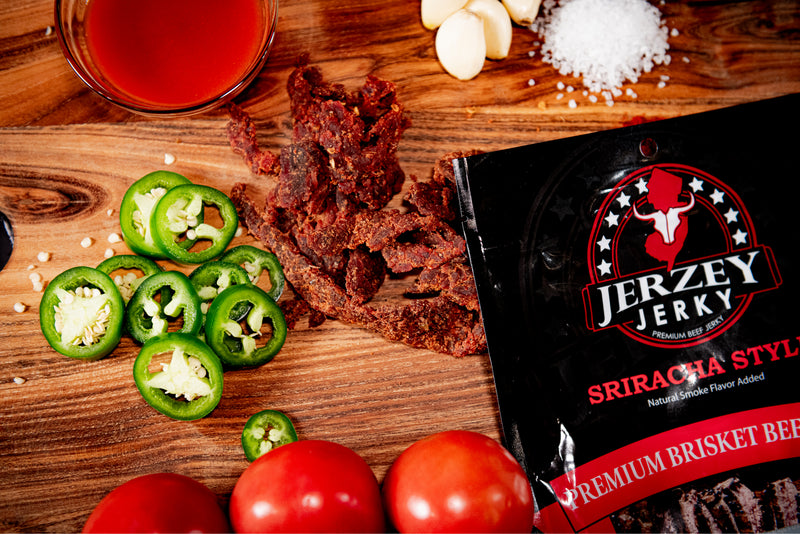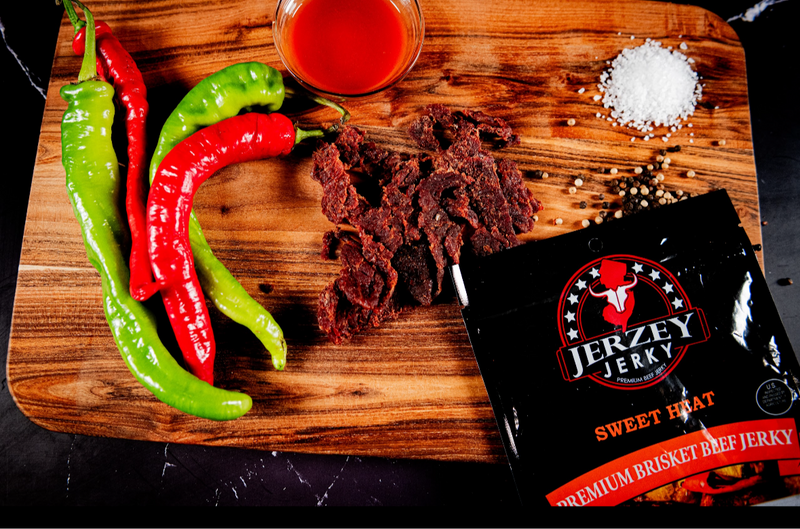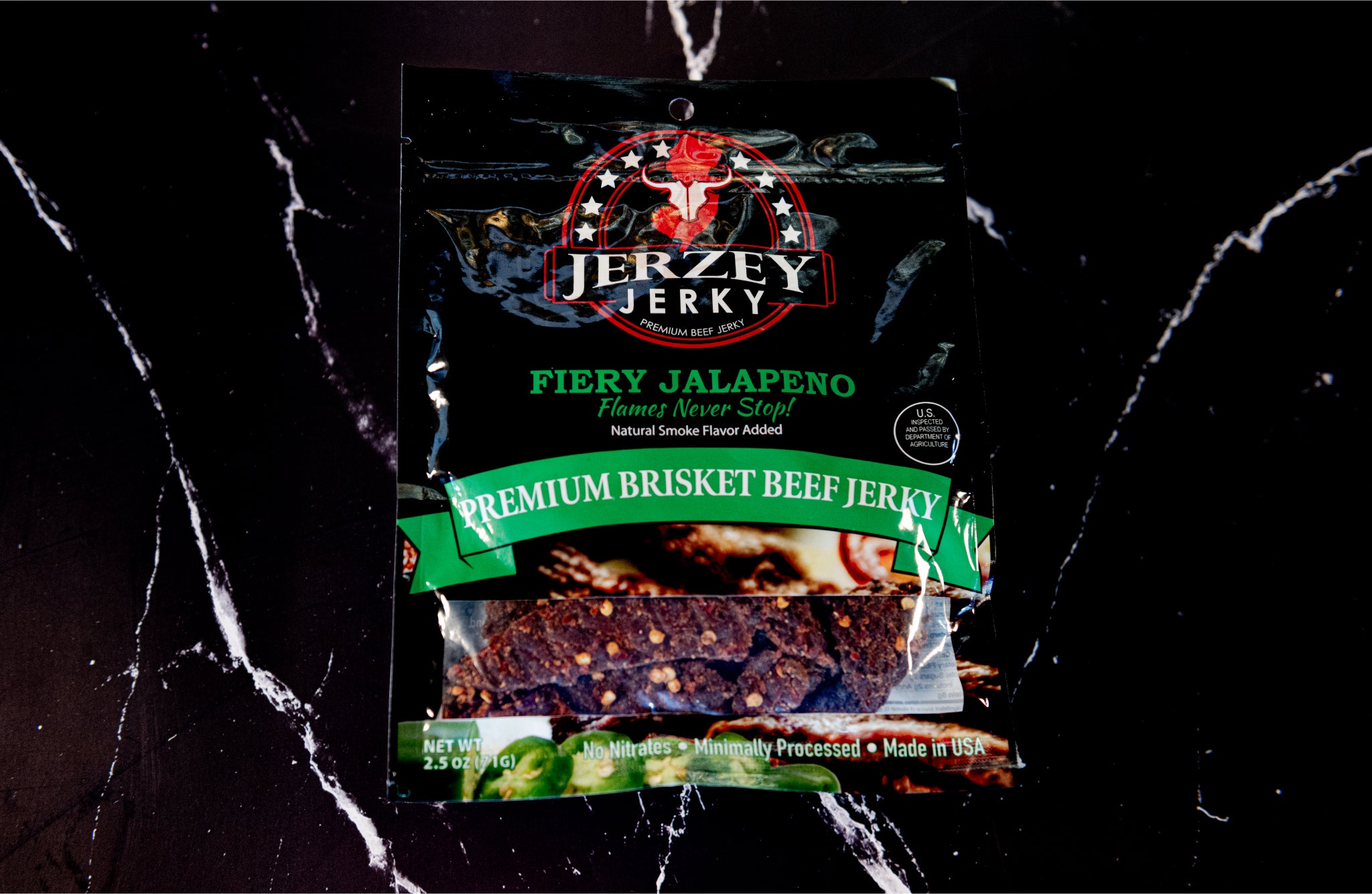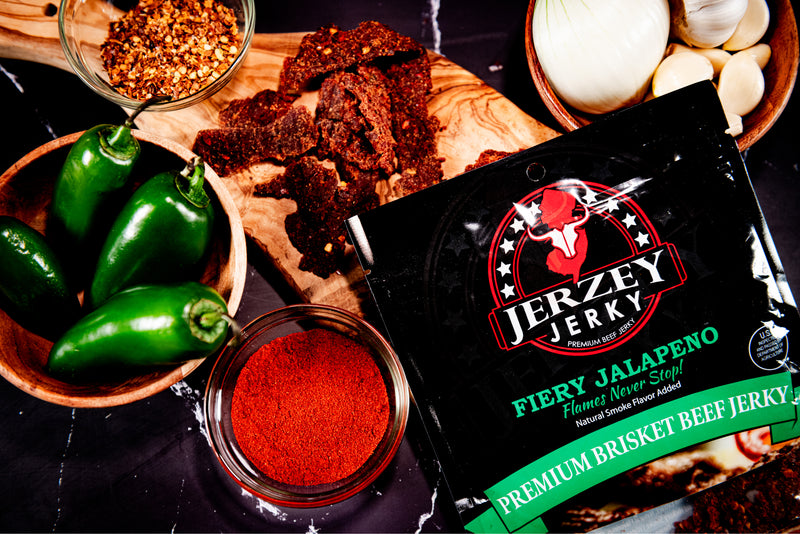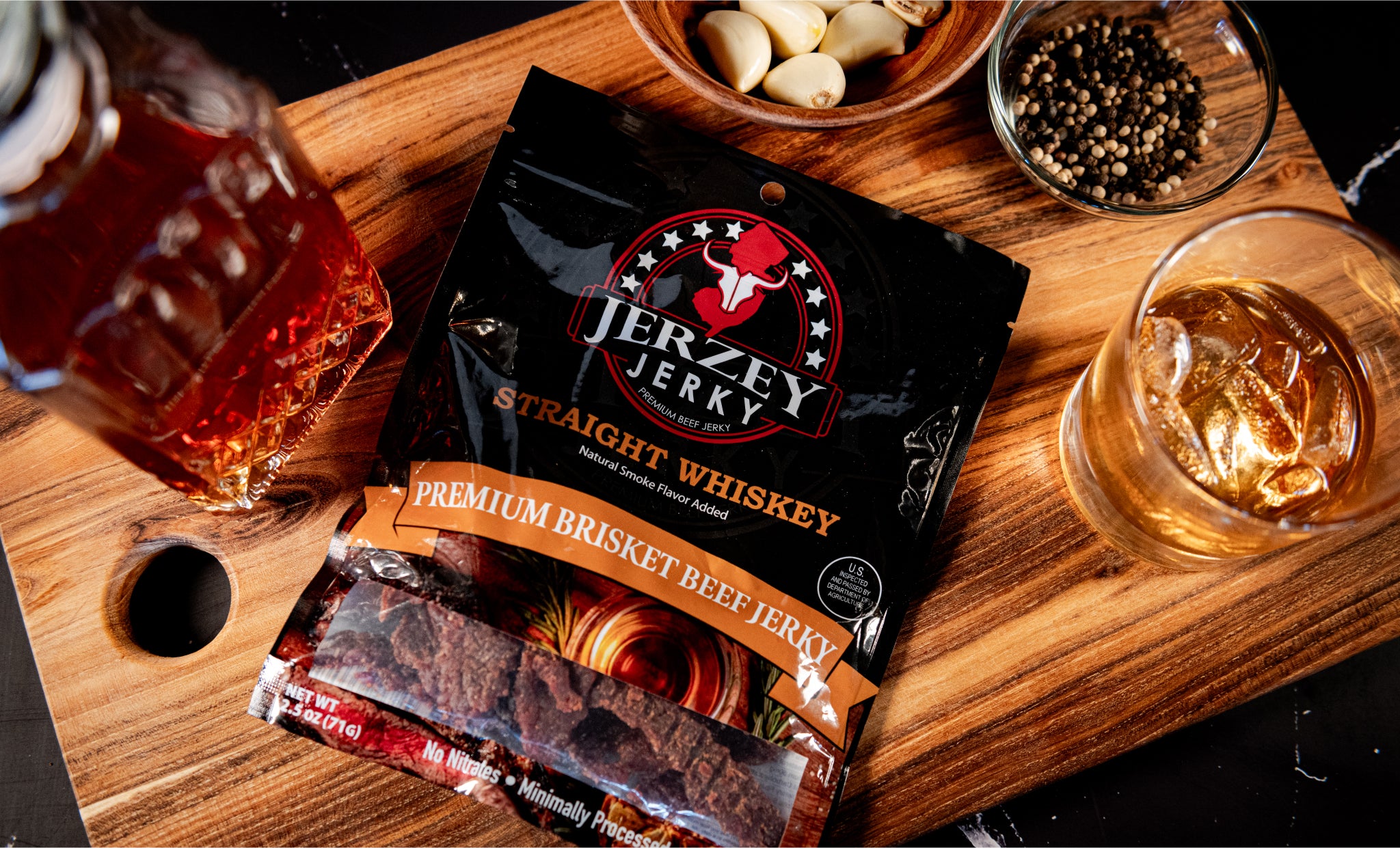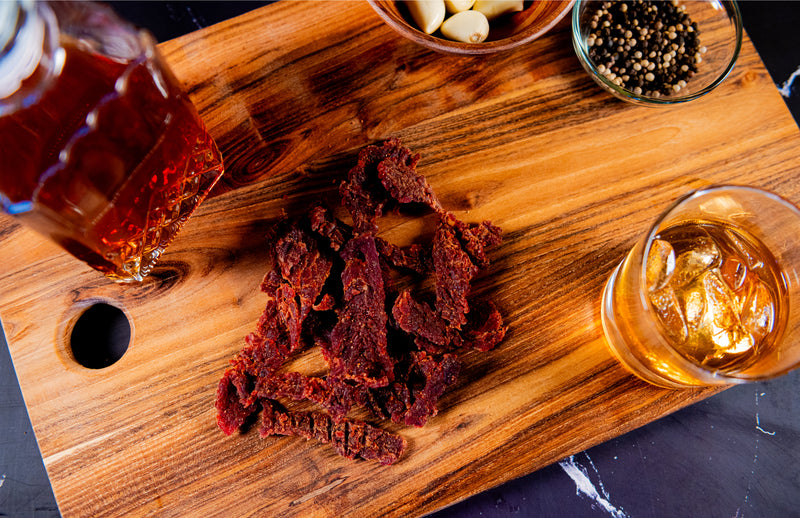
Brisket Beef: Nutritional Value, Characteristics, and How to Identify
Risket beef refers to meat in the lower chest, or breast, cut of the cow, just below the chuck. The University of Illinois Department of Animal Sciences (2020) notes that this cut has a lot of connective tissues making it tough unless cooked properly.
The brisket is split into two: the point and the flat. The flat cut contains slightly less fat (5-7 percent), whereas the point cut has 15-20 percent more fat. According to Texas A&M University Meat Science Department (2019), the extra marbling provides more flavor and makes the meat more tender in slow cooking.
Brisket is chewy and becomes tender in low heat. Meat tenderness is improved with decreased collagen at 95 °C after more than 8 hours of heat treatment.
What is the Nutritional Value of Brisket (Per 100g)?
Here are six key nutrients found in 100g of cooked brisket:
- Calories: Brisket is approximately 250 kcal per 100g. The actual figure is based on it being the flat or point cut.
- Protein: Brisket is 18–21 g of protein per 100 g. It aids muscle restoration and recovers body energy.
- Fat: It contains fat to the tune of 17–20g. Point cuts are fattier, giving more flavor but also more calories.
- Iron: Brisket has 2.3 mg of iron. Iron aids in transporting oxygen through the blood and maintains normal bodily functions.
- Zinc: It has 5.5 mg of zinc (5.5 mg/100g). Zinc boosts immunity and heals wounds faster.
- B Vitamins: Brisket is rich in B12 and niacin. These vitamins promote brain health and enable the body to alter food into energy.
Shop the best-selling Teriyaki Beef Jerky - Brisket & Korean BBQ Beef Jerky - Brisket !
What are the Physical Characteristics of Brisket?
Here are four clear physical features of brisket beef:
- Shape: Brisket is wide and blocky in shape. The even thickness of the flat cut is rectangular. The point cut appears more triangular, slightly thicker, and rounded. Butchers sell them in pairs or individually depending on the cooking requirement.
- Texture: Raw brisket is firm, with coarse and long strands of muscle. There are fat streaks interspersed between the fibers and along the surface. With slow cooking, the texture becomes soft, juicy, and tender, and chewable.
- Weight: The weight of whole briskets is 4.5 to 9 kilograms. Its base is less weighty than that which forms the point. Each section of meat usually weighs somewhere between 2 to 4 kilograms, depending on the cut and containing fat or not.
- Fat Content: Brisket varies in fat content based on section. Flats contain 5-7 percent fat, and the point up to 20 percent. A thick layer of fat cap forms on the top, which adds moisture and flavor to the cooking.
How is Brisket Prepared and Cooked?
Here are five common cooking methods used to prepare brisket.
- Smoking: Brisket is smoked at 225-250°F between 10 and 16 hours. This whole process creates deep flavor and tenderizes the meat as the connective tissues slowly degrade but the meat does not dry out.
- Braising: Braising Brisket is simply immersed in broth or sauce up to a partway level and heated gradually in a covered pot. This wet heat dissolves tough fibres and loads rich, savoury flavour into each piece.
- Oven-Roasting: Oven-roasting keeps the juice inside. Brisket is seasoned, wrapped in foil and cooked at low heat (150 160). This process keeps the texture, but mellows out the meat with trapped steam and heat.
- Sous-vide: Sous-vide involves water in a vacuum-sealed bag at a temperature of 135 to 165 oF, 24 to 36 hours. The temperature remains precise, gradually softening the meat without losing juices, achieving a soft and equal bite.
- Flavor Tips: Dry rubs with salt, pepper, garlic and paprika provide an accentuated flavor. Allow the brisket to rest off the heat for 20 minutes. Slicing against the muscle grain keeps the slices tender and easy to bite.
How to Identify an Authentic Brisket?
Here are seven ways to identify real brisket:
- Label Verification: Real brisket packaging indicates things such as Beef Brisket, regular cut and flat cut. USDA or local grades such as choice or prime, prove quality and help prevent incorrect/mixed cuts.
- Butcher Confirmation: Ask the butcher specifically to provide brisket out of the lower chest. Order the packer cut of both pieces or specify flat or pointed cuts as to fat content and configuration required.
- Visual Cues: The real brisket is shaped broadly rectangular or triangularly. It has heavy grain lines with a bright fat cap on one side and marbling more evident in the more flavorful point section.
- Grain Direction: Risket muscle fibers run in a single direction. That grain is visible which proves authenticity and helps in cutting it in the right way after cooking which ensures that each piece is not stringy or uneven.
- Cap Thickness: A good brisket comes with a fat cap that is about a 1/4 inch thick, covering one side. It helps to steam the meat in cooking, and it also increases the moisture in it during long processes such as smoking.
- Texture & Weight: The right brisket is firm and a bit bendable. Individual pieces range between 7 and 18 pounds. Flat cuts are more lightweight, and full packers involve both lengths and are weightier to hold.
- Cut Type Clarity: Other labels frequently have written ‘Flat Only’ on leaner cuts or “Point on fattier’, rounded cuts. Point pieces are softer and more bulky. Flat cuts are more rectangular and uniform and are more suitable as slices.
What Makes Brisket Popular?
Bisket remains a favorite because it is suitable for slow cooking techniques such as smoking, braising, and roasting. Its fibrous tissue disintegrates under low heat with time making the meat tender, juicy, and flavourful.
Brisket is a signature dish of the barbecue culture. Texas BBQ applies dry rubs and smokes brisket for up to 16 hours. Jewish cuisine includes it in slow-roasted pot roasts served on holidays.
Brisket is perfectly cooked when it is soft enough to shred with a fork. This texture is made of melted collagen, which substitutes the chewiness with a smooth bite. Cooks appreciate this transformation, particularly when they are supplying many people with inexpensive and delicious meat.
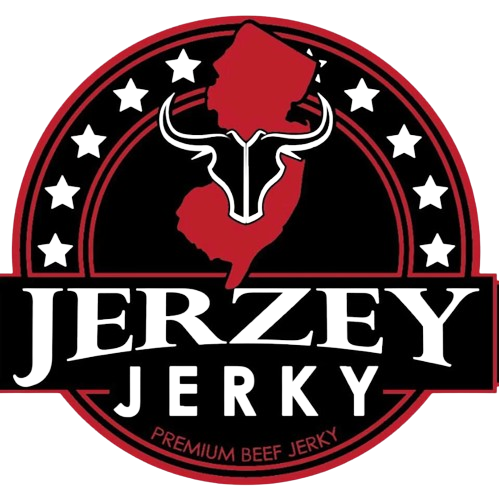
 2025-08-25
2025-08-25
 Wayne Holland
Wayne Holland

